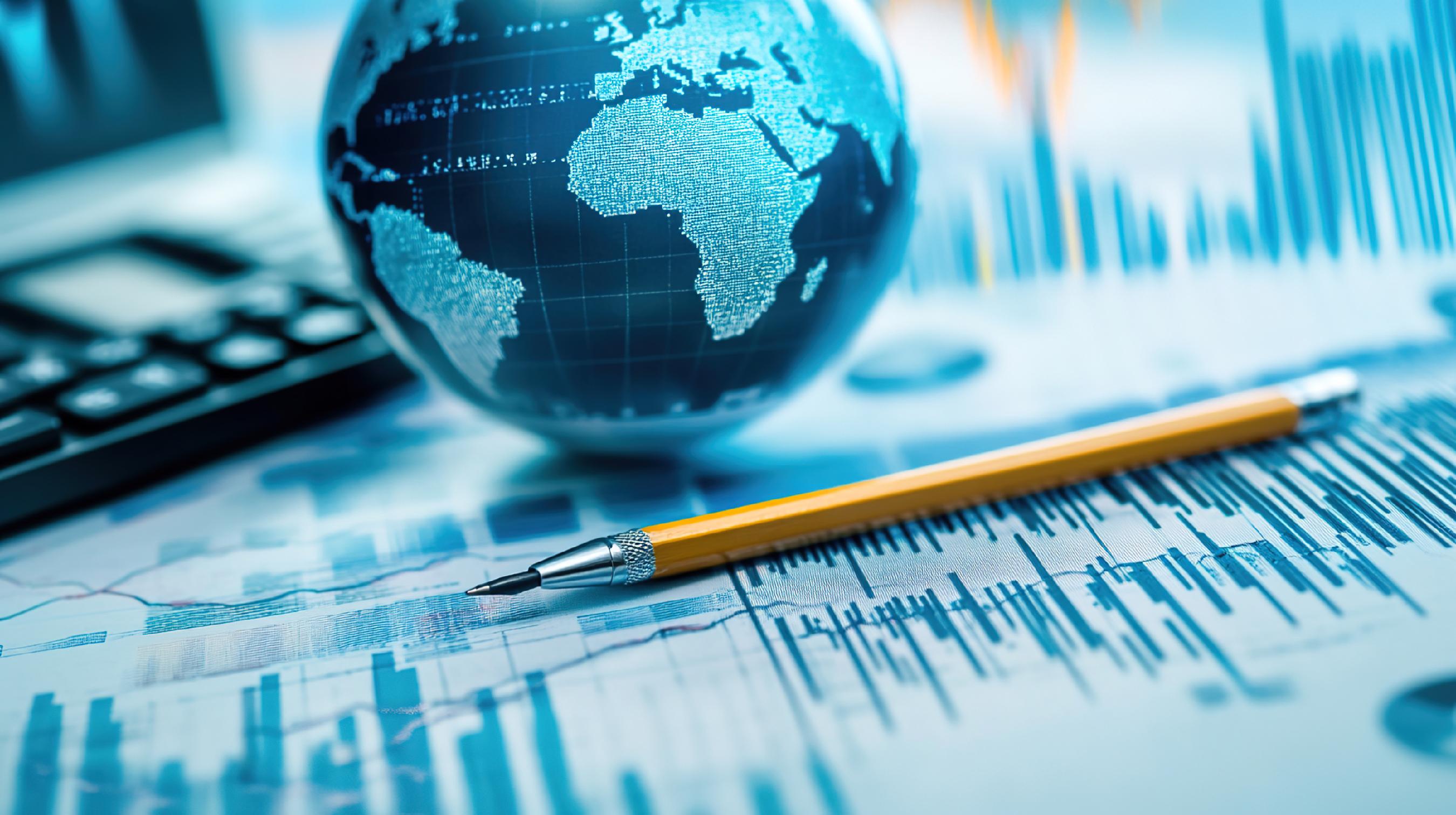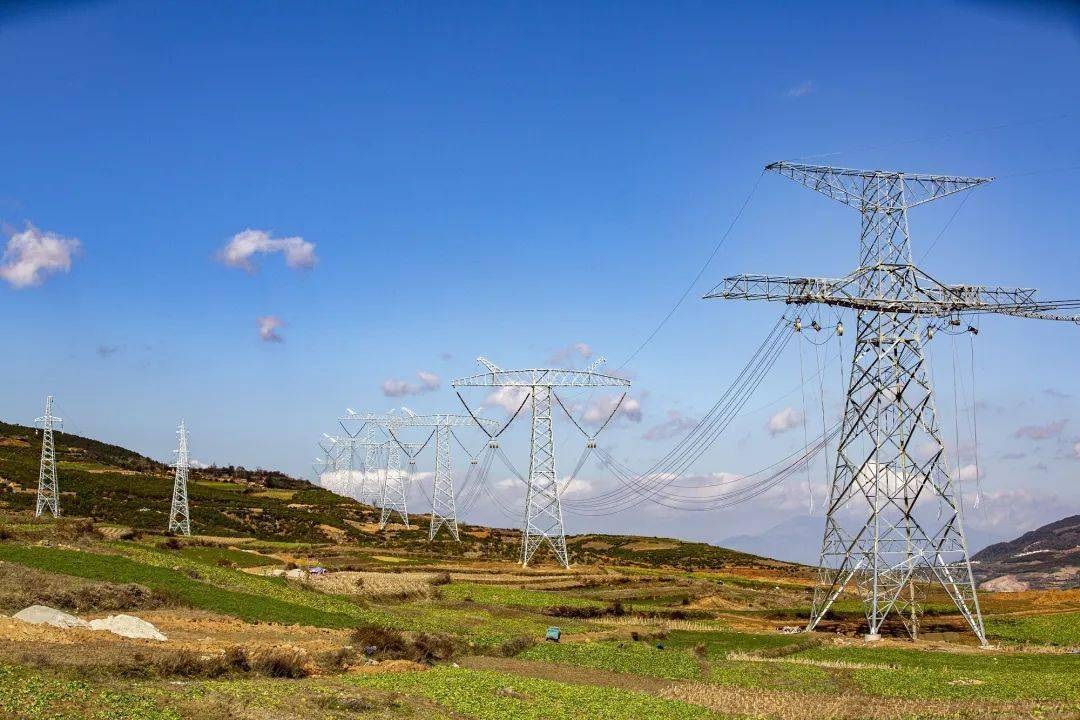
The slowdown in global economic growth has become an undeniable trend in the current world economic landscape. The latest reports from the World Bank and the International Monetary Fund (IMF) show that the global GDP growth rate is expected to drop to 2.3% in 2025, the lowest level since 2008 (excluding recession years). Against this backdrop, growth momentum in major economies has generally weakened, and the global economy faces multiple challenges.
Take the United States, the world’s largest economy, as an example. Its GDP grew by 1.9% year-on-year in the first quarter, and the May CPI rose by 2.4% year-on-year, lower than expected, which to some extent indicates a marginal easing of inflationary pressures. However, the core PCE inflation expectation was revised up to 3.1%, reflecting that the risk of tariff transmission still exists. The labor market is characterized by "low hiring and low firing," meaning the resilience of the U.S. economy is being tested. On the one hand, enterprises are cautious in hiring, possibly indicating concerns about future economic prospects; on the other hand, the low firing rate also shows that enterprises are trying to maintain their existing staffing structure to cope with uncertainties.
The economic performance of the eurozone is equally worrying. The GDP growth rate was only 0.4% in the first quarter, and the European Central Bank (ECB) has cut interest rates for the eighth consecutive time to 2.00%, while lowering the 2025 inflation forecast to 2.0%, all signs pointing to weak economic recovery. Germany, as a key economy in the eurozone, saw its GDP contract by 0.4% year-on-year in the first quarter, and its manufacturing PMI has been in contraction for six consecutive months. This not only reflects the difficulties faced by German manufacturing but also drags down the economic growth of the entire eurozone. The downturn in manufacturing may stem from multiple factors, such as the instability of the global trade environment, weakening demand, and the pressure of its own industrial structure adjustment.
Turning to China, its GDP grew by 5.4% in the first quarter, but pressure is mounting in the second quarter. The year-on-year growth rates of industrial added value and social retail sales in May were 5.8% and 6.4% respectively, indicating a marginal recovery in domestic demand, which benefits from a series of domestic policies to stimulate consumption and promote industrial upgrading. However, the growth rate of export delivery value slowed to 0.6%, and the impact of tariffs is gradually emerging. The growth rate of manufacturing investment fell to 7.8%, and the demand for equipment purchases weakened, which may be related to enterprises’ expectations of future markets, the reconstruction of global industrial chains, and the optimization of domestic industrial structures.
Among emerging markets, India’s growth is relatively strong at 6.3%, but countries in Latin America and Africa are dragged down by debt crises and capital outflows, with growth generally lower than expected. Debt crises have increased the fiscal burden on these countries, limiting funds for economic construction and development; capital outflows have led to insufficient market liquidity and difficulties in corporate financing, thereby affecting economic growth.
The continuous slowdown of global economic growth and significant downward pressure stem from multiple causes. Escalating trade friction has increased global trade costs, compressed corporate profit margins, and suppressed investment and consumption. Geopolitical tensions have also had a negative impact on the economy, increasing market uncertainty. In addition, the global economic restructuring has not been completed, and the development of emerging industries has not yet fully made up for the decline of traditional industries, which has also affected the economic growth rate to a certain extent.
Facing such a complex economic situation, countries need to adopt positive and effective policy measures. It is crucial to strengthen coordination of macroeconomic policies, avoid trade protectionism, promote global trade liberalization, and facilitate international investment. Increasing investment in scientific and technological innovation, fostering new economic growth points, and promoting industrial upgrading and transformation will enhance economic resilience and competitiveness. Only through joint efforts can countries ease the downward pressure on the global economy and achieve stable economic growth.

報告顯示,中國電力投資加速增長,預計2024年電網基建投資將超過5300億元。
近日,市場迎來了一則引人注目的消息:工業巨頭3M公司(MMM.N)在本周五公布了其季度業績報告,隨後股價飆升至近兩年來的
最近,外媒給OpenAI算了筆賬,今年可能要血虧50億美元。
近日,巴黎奧運會和世界鐵人三項協會聯合發布了一項重大決定,宣布因塞納河水質污染問題,原定於近期進行的奧運會鐵人三項首次下
當地時間7月18日,法國巴黎發生了一起令人震驚的持刀襲警事件。
近期,一則重大消息在國際舞臺上引起軒然大波,馬來西亞宣布加入金磚國家。
調查發現,互聯網和智能手機的使用幹擾了韓國近五分之一學生的生活。